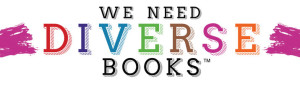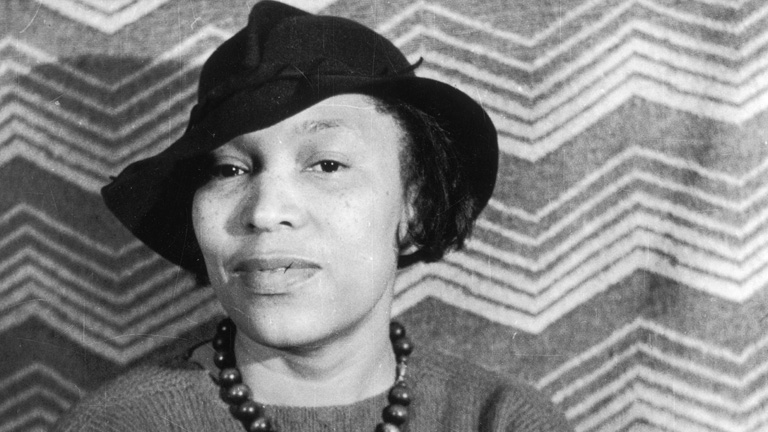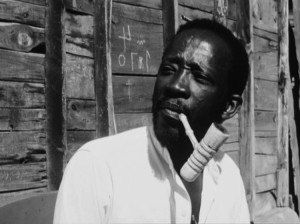Why Black Female Characters (and Authors) Matter
 I read this delightful story recently about a young girl in New Jersey who is collecting 1,000 books featuring a black female protagonist. Marley Dias, an 11-year-old black student, said she was “sick of reading books about white boys and dogs.”
I read this delightful story recently about a young girl in New Jersey who is collecting 1,000 books featuring a black female protagonist. Marley Dias, an 11-year-old black student, said she was “sick of reading books about white boys and dogs.”
“I was frustrated … in fifth grade where I wasn’t reading [books with] a character that I could connect with,” she said.
The sixth grader started her own social media campaign #1000BlackGirlBooks, with the hope that she can donate the books to a school in Jamaica and help other young black girls relate better to the books they read and the characters in them.
What a great idea! I only wish I was half as thoughtful as she was when I was 11.
This made me think about the books I read when I was younger. Unfortunately, I really couldn’t think of that many books by black female authors, let alone books with black female protagonists, at least not in elementary or middle schools. When I finally started reading books by or about black females in high school and college, the subject was a bit intense for my liking at first. I remember reading:
I Know Why The Caged Bird Sings by Maya Angelou
The Bluest Eye by Toni Morrison
The Color Purple by Alice Walker
Their Eyes Were Watching God by Zora Neale Hurston
These ground-breaking books were written by dynamic writers, but the subject matter in all of them can be hard to deal with. All of these books have either been banned or censored by some school districts around the country at one point.The themes ranged from rape, incest, teen pregnancy, colorism, harsh depictions of racism and domestic violence.
When I first read these books as a teenager, I was especially horrified and saddened, but then amazed and excited, mainly because they were talking about issues I could relate to as a black female in America. It makes a world of a difference when you can empathize with the protagonist in a book, and this is especially true when the protagonist looks like you.
I met up with a black female friend who is the mother of a tenth grader the other day, and we were talking about this very subject. She said she didn’t want her daughter reading any of the above books because she felt they were too vulgar. “These books make us [black people] look dysfunctional,” she said. “This is unfortunate because any of these books may be the first book a student of any color will read about women of color during their school years that can set the wrong kinds of assumptions and tones about black women.”
Okay, I can see where she is coming from. I know there are a lot of other black people who feel the same way. Maybe this issue of diversity in the protagonist skin tone should also include diversity in subject matter as well. Statistically, it is still hard to find books in schools with black female or male protagonists on any subject. According to the Cooperative Children’s Book Center, out of 3,500 children’s books in schools surveyed in 2014, only 180 were about black people. The numbers are even worse for books about Hispanics, Asians and Native Americans. This is especially troubling as America will soon become a minority-majority country.
Now, I am not suggesting that we get rid of the white guy authors altogether! William Shakespeare, Mark Twain, Ernest Hemingway and F. Scott Fitzgerald are all wonderful authors, who made significant contributions to literature, and kids should still read their books. But it is time to add more books to school reading lists that better reflect our world today.
The first step in doing this is to start identifying and putting together book lists that can be used as recommendations to schools and public libraries. Getting involved with your local school or public library also makes a difference. Below I put together a list of my recommendations for books by and/or about black females. I think in the following weeks and months I will also pull together more book lists showcasing many different types of underrepresented groups. I think if more people did this, there would be more discussion and, thus, more change in the type of literature our kids read. There is strength in numbers!
However, this is not meant to be a complete list because there are so many books. While most of them are adult books, many of them can be read by young adults, depending on their maturity level and reading comprehension. I draw this list from my personal experience working in a multicultural book store once and doing advocacy for my local library. The top ten books on this list are definitely for young adult readers. These are just ones that I thought of off the top of my head. Please email me if you have any other suggestions for this list or future lists, especially titles for elementary and middle school kids.
The Star Side of Bird Hill by Naomi Jackson
Jam on the Vine by LaShonda Katrice Barnett
Brown Girl Dreaming by Jacqueline Woodson
Balm by Dolen Perkins-Valdez
The Chaos By Nalo Hopkinson
Fly Girl by Sherri L. Smith
Purple Hibiscus by Chimamanda Ngozi Adichie
Incidents in the Life of a Slave Girl by Harriet Ann Jacobs.
For Colored Girls Who Have Considered Suicide When the Rainbow Is Enuf by Ntozake Shange
Caucasia by Danzy Senna
Kindred by Octavia Butler
Annie John by Jamaica Kincaid
Push by Sapphire
Who Fears Death by Nnedi Okorafor
Americanah by Chimamanda Ngozi Adichie
The Wedding by Dorothy West
Zami: A New Spelling of My Name by Audre Lorde
The Long Song by Andrea Levy
Fruit of the Lemon by Andrea Levy
Never Far From Nowhere by Andrea Levy
White Teeth by Zadie Smith

